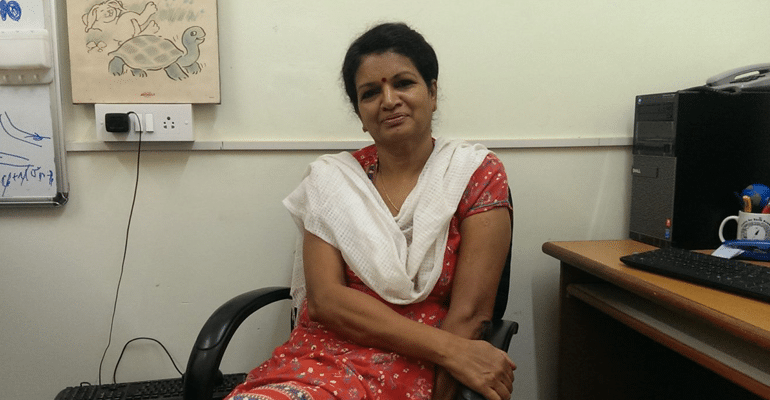You don’t come across Indian women scientists very often but the contribution they make in the field of science are immense and they are surely an inspiration to all.
Kusala Rajendran is one such woman and a superlative earth scientist and seismologist who is recently honored with India’s first-ever ‘National Award for Woman Scientist’ for Ocean Sciences and Technology and Atmospheric Sciences Technology, this year, by the Union ministry of earth sciences.

Be it the history, origin, cause, or repercussions, most of the things we know about the earthquakes in India are the immense hard work of Kusala Rajendran.
Born in a conservative family where most women were expected to get married after their graduation, she was encouraged to chase her dreams in the field that was male-dominated. What made it more difficult was that she was the only woman in that field.
Therefore, it was hardly a surprise when she dedicated her award to the women across the nation who have the courage and passion to achieve their goals, live their dreams, despite the odds.
While most men had their support groups, Kusala found how gender biases often led to isolation. She also couldn’t ask for any support or guidance from her seniors. In an interview with The Print, she said that many women quit earth sciences because their character was judged when they traveled with men who weren’t their husbands.
In 1987, Rajendra went to the United States to pursue a Ph.D. in Seismology from the University of South Carolina. After her return to India in the year 1993, she worked until 2007 with the National Centre for Earth Science Studies and later joined the esteemed Indian Institute of Science (IISc) in Bengaluru as an Associate Professor, where she continues to work.
If you browse through Kusala’s work, you’d know that she has studied every significant earthquake in India including the 1993 Killari earthquake, the 1999 Chamoli earthquake, and the 2001 Bhuj earthquake.
While talking to The Print, she said, “Geologists dig a trench and study the walls, where they find layers of soil settled over each other through millennia. These layers can be dated and disturbances caused by historical earthquakes identified. Then, quake recurrence patterns are calculated, data that helps computer models forecast possible earthquakes in the area.”
For her work on geophysics in 1993, she was awarded the Krishnan Gold Medal by the Indian Geophysical Union. She also received the Tabor Award in 1992 from the Department of Geological Sciences, University of South Carolina, and on July 18, 2005, the Outlook Magazine ranked her among the top ten young researchers in the country.
Further, she adds that how India’s research on Seismology is now on par with international standards. Kushala feels that India should support its students and help them to focus more on knowledge and learning and not run after mere grades. There is a possibility that this will aid the expansion of the field.

